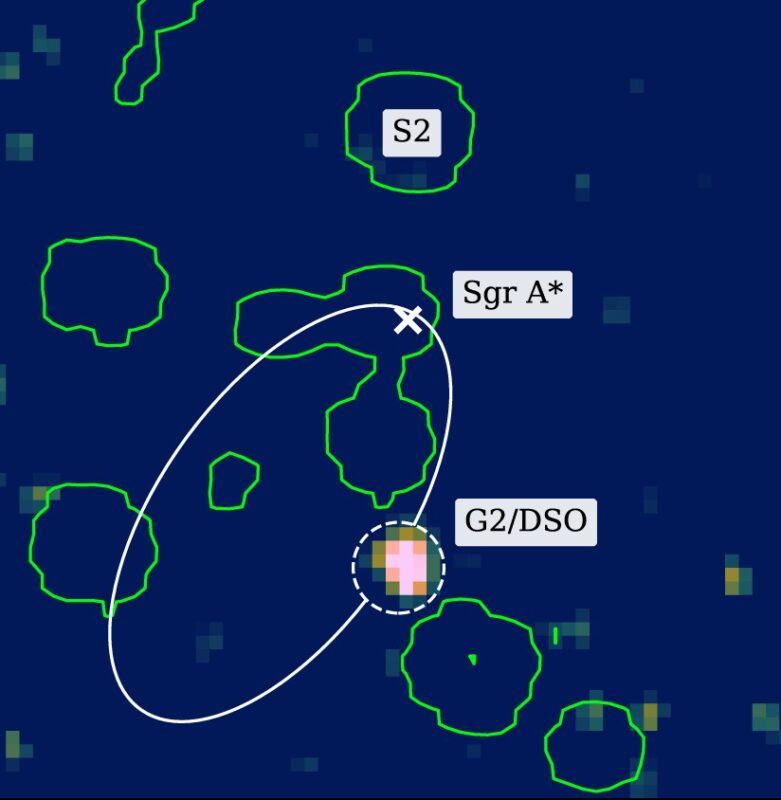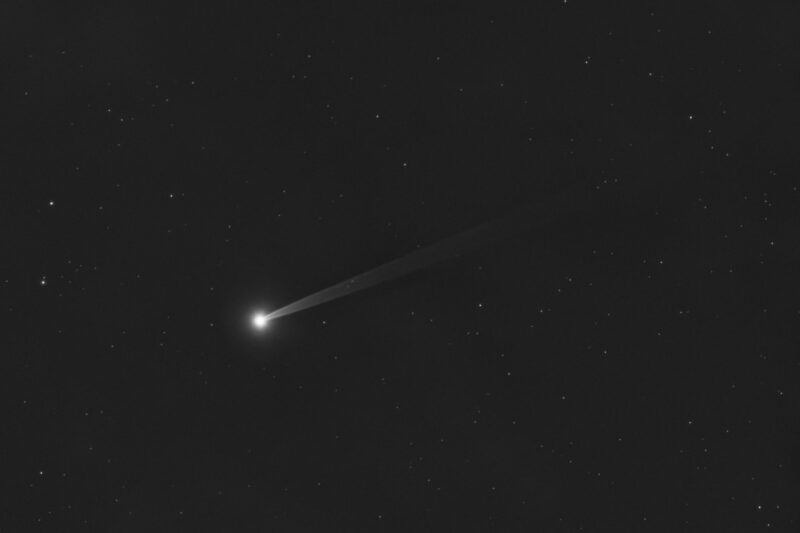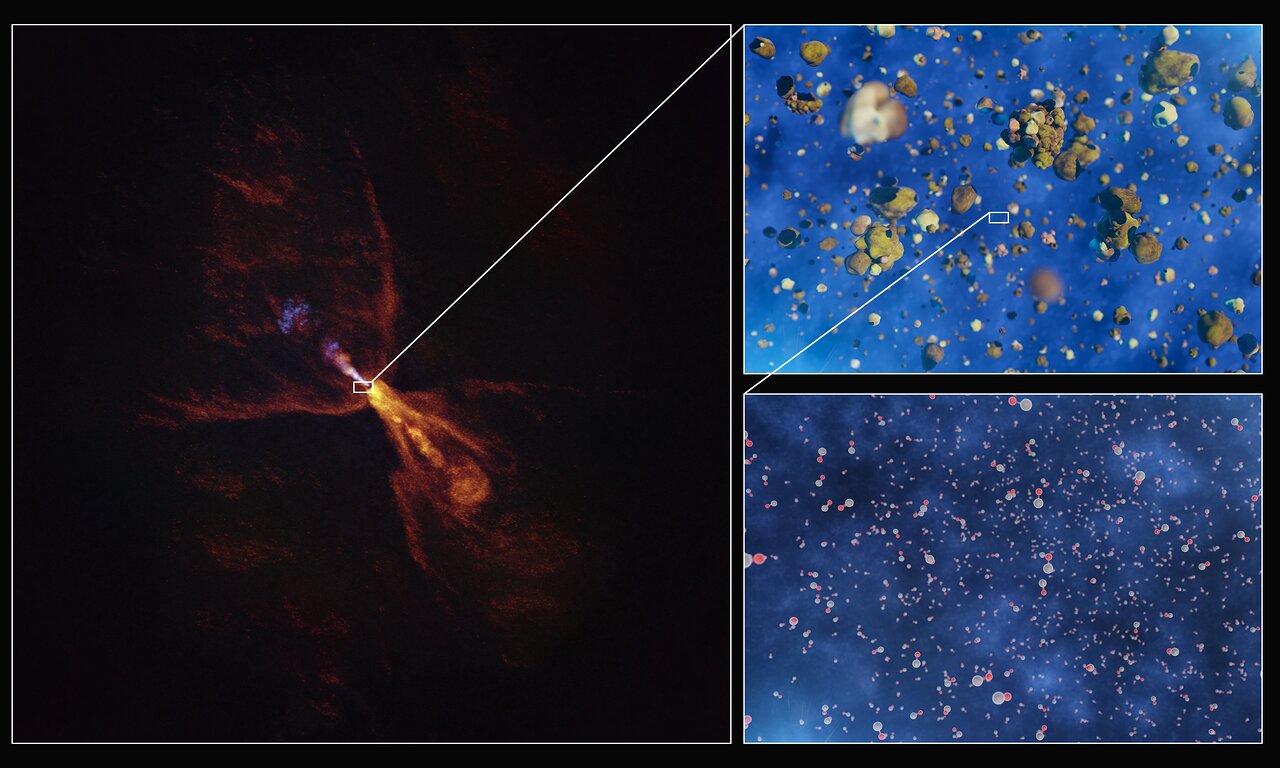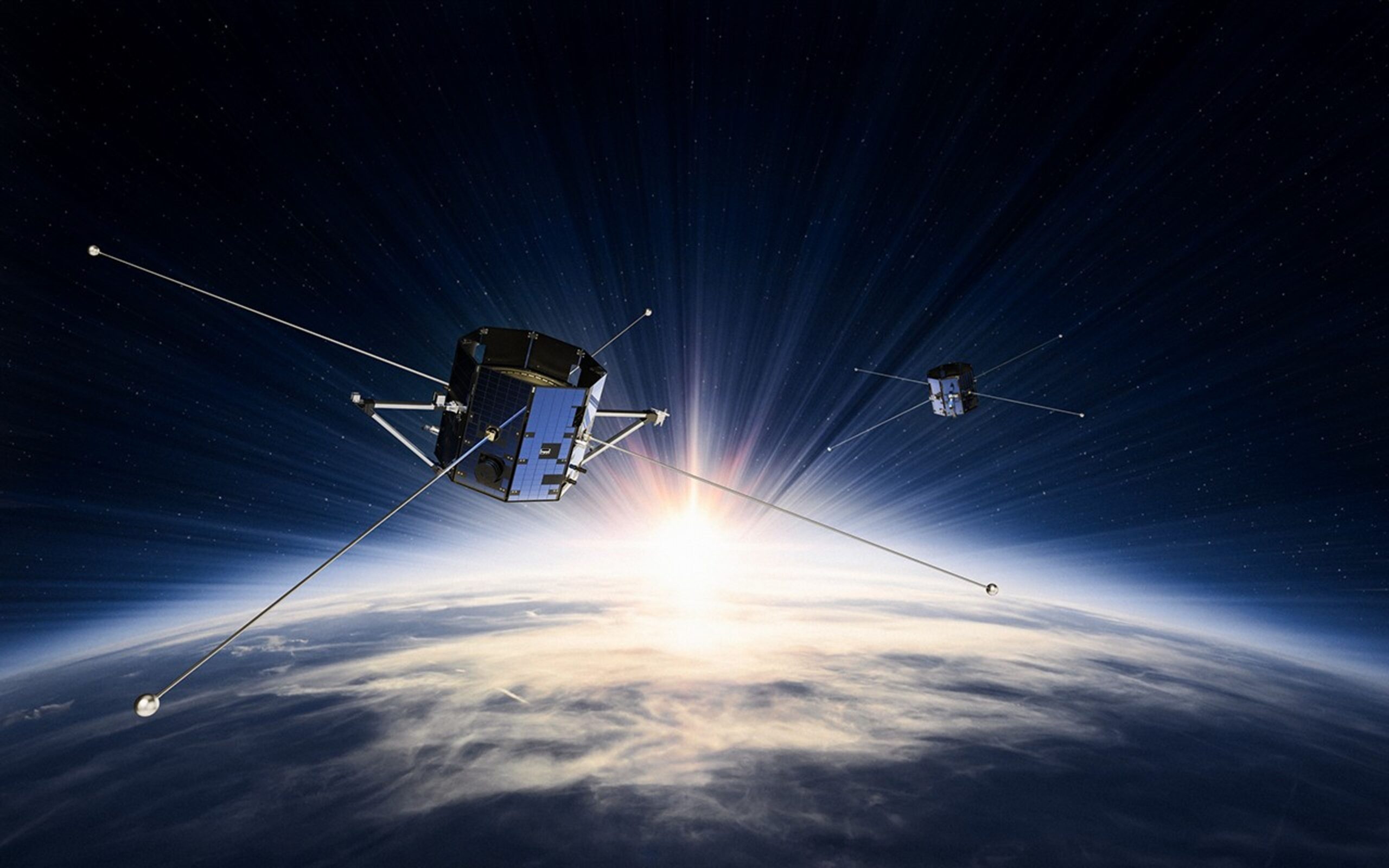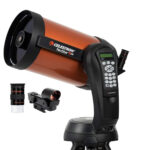Now Reading: Witnessing a solar system’s dawn, for the 1st time
-
01
Witnessing a solar system’s dawn, for the 1st time
Witnessing a solar system’s dawn, for the 1st time
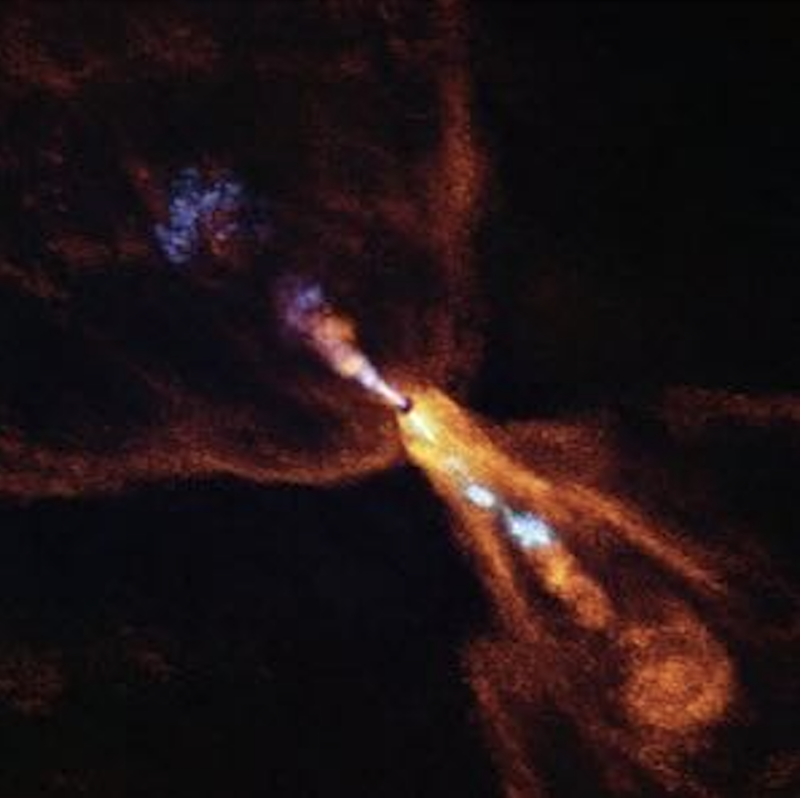
Astronomers have, for the first time, caught the moment when planets began to form around a distant star. Using the ALMA telescope in Chile and the James Webb Space Telescope, they saw the creation of the first specks of planet-forming material in this solar system’s dawn, as hot minerals just beginning to solidify. It’s the first time we’ve seen a planetary system at such an early stage in its formation. It opens a window to the past of our own Earth and solar system. Join Deborah Byrd live for more about this discovery and its implications. Video drops at 12:15 CDT (17:15 UTC). Watch here or on YouTube.
The European Southern Observatory published this article on July 16, 2025. Edits by EarthSky.
1st witness of a solar system’s dawn
Astronomers studying a distant star have now observed the first true spark of planet formation for the first time. The star is HOPS-315, a “proto” or baby star some 1,300 light-years from Earth. It’s a sunlike star, comparable to our sun when it was forming. And here’s what the scientists say they saw:
… the creation of the first specks of planet-forming material: hot minerals just beginning to solidify.
So they are witnessing a new solar system, at the moment its planets are coming into being!
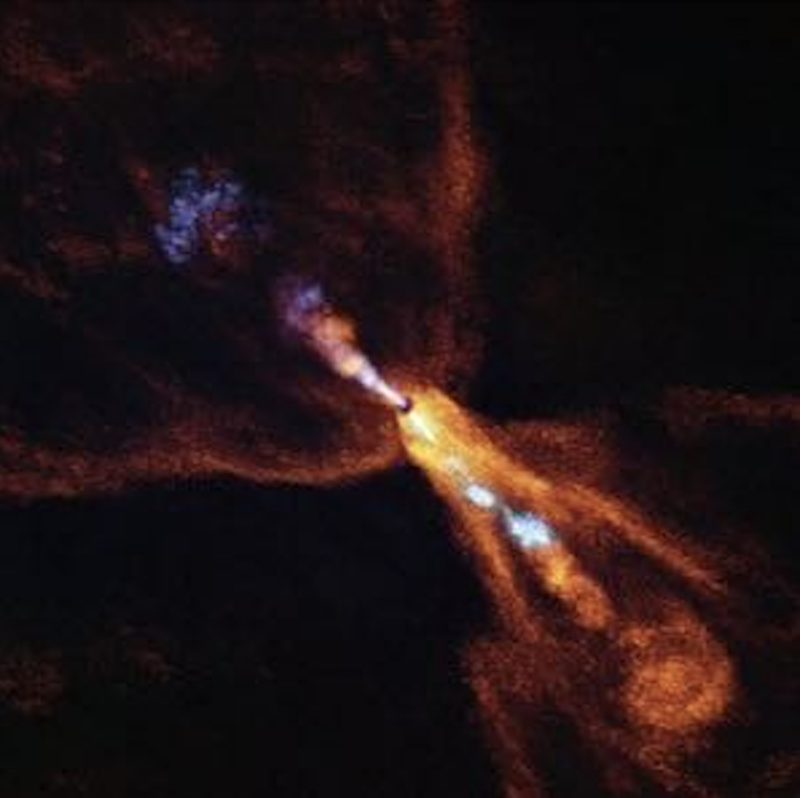
What the researchers said
Melissa McClure is a professor at Leiden University in the Netherlands. She’s lead author of the new study. She said:
For the first time, we have identified the earliest moment when planet formation is initiated …
Co-author Merel van ‘t Hoff, a professor at Purdue University in West Lafayette, Indiana, compared the findings to:
… a picture of the baby solar system … we’re seeing a system that looks like what our solar system looked like, when it was just beginning to form.
The new study was published July 16, 2025, in the peer-reviewed journal Nature.
They detected the seeds of planet formation
Astronomers often see disks of gas and dust known as “protoplanetary disks” around newly forming stars. The disks are the birthplaces of new planets. While astronomers have previously seen young disks that contain newborn, massive, Jupiter-like planets, McClure said:
We’ve always known that the first solid parts of planets, or ‘planetesimals,’ must form further back in time, at earlier stages.
Previously, astronomers found physical evidence of this idea, trapped within ancient meteorites, or rocks from space. Some meteorites contain solid material that apparently condensed first near Earth’s present location around the sun. Astronomers have age-dated these primordial rocks to determine when the clock started on our solar system’s formation.
What’s in these meteorites? They are packed full of crystalline minerals that contain silicon monoxide (SiO). This chemical compound can condense at the extremely high temperatures present in young planetary disks.
Over time, these newly condensed solids bind together, sowing the seeds for planet formation as they gain both size and mass. The first kilometer-sized planetesimals in the solar system, which grew to become planets such as Earth or Jupiter’s core, formed just after the condensation of these crystalline minerals.
Now astronomers have found evidence of these hot minerals beginning to condense in the disk around HOPS-315. Their results show that SiO is present around the baby star in its gaseous state, as well as within these crystalline minerals, suggesting it is only just beginning to solidify. Co-author Edwin Bergin, a professor at the University of Michigan, said:
This process has never been seen before in a protoplanetary disk, or anywhere outside our solar system.
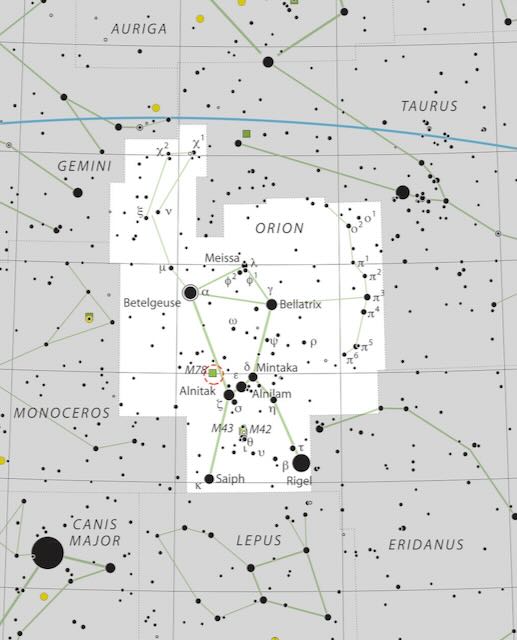
Solar system’s dawn via Webb and ALMA
These minerals were first identified around HOPS-315 using the James Webb Space Telescope, a joint project of the U.S., European and Canadian space agencies. To find out where exactly the signals were coming from, the team observed the system with the Atacama Large Millimeter/submillimeter Array (ALMA), which is operated by the European Southern Observatory, together with international partners, in Chile’s Atacama Desert.
With these data, the team determined that the chemical signals were coming from a small region of the disk around the star, equivalent to the orbit of the asteroid belt around the sun. Co-author Logan Francis, a postdoctoral researcher at Leiden University, said,
We’re really seeing these minerals at the same location in this extrasolar system as where we see them in asteroids in the solar system.
Because of this, the disk of HOPS-315 provides a wonderful analog for studying our own cosmic history. As van ‘t Hoff said:
… This system is one of the best that we know to actually probe some of the processes that happened in our solar system.
It also provides astronomers with a new opportunity to study early planet formation, by standing in as a substitute for newborn solar systems across the galaxy.
ESO astronomer and European ALMA Programme Manager Elizabeth Humphreys, who did not take part in the study, contributed this comment to ESO’s press materials:
I was really impressed by this study, which reveals a very early stage of planet formation. It suggests that HOPS-315 can be used to understand how our own solar system formed. This result highlights the combined strength of JWST and ALMA for exploring protoplanetary disks.
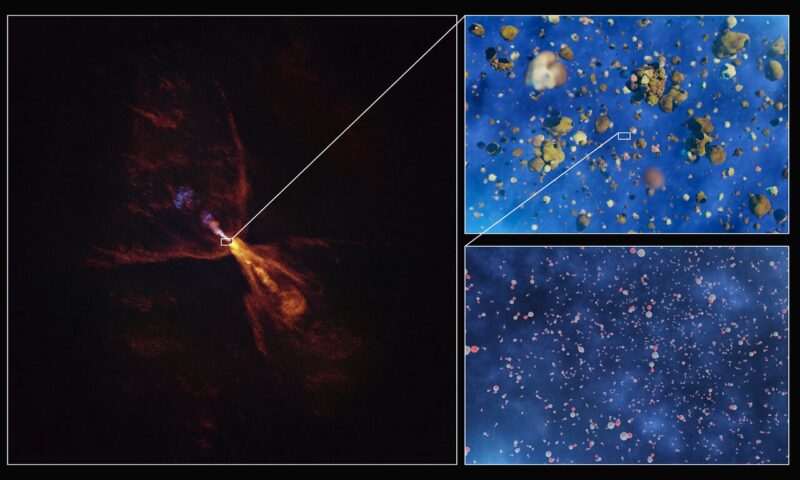
Bottom line: Astronomers have witnessed a solar system’s dawn. They see the 1st specks of planet-forming material: hot minerals just beginning to solidify.
Source: Refractory solid condensation detected in an embedded protoplanetary disk
The post Witnessing a solar system’s dawn, for the 1st time first appeared on EarthSky.
Stay Informed With the Latest & Most Important News
Previous Post
Next Post
-
 012024 in Review: Highlights from NASA in Silicon Valley
012024 in Review: Highlights from NASA in Silicon Valley -
 02Panasonic Leica Summilux DG 15mm f/1.7 ASPH review
02Panasonic Leica Summilux DG 15mm f/1.7 ASPH review -
 03How New NASA, India Earth Satellite NISAR Will See Earth
03How New NASA, India Earth Satellite NISAR Will See Earth -
 04And Thus Begins A New Year For Life On Earth
04And Thus Begins A New Year For Life On Earth -
 05Astronomy Activation Ambassadors: A New Era
05Astronomy Activation Ambassadors: A New Era -
06SpaceX launch surge helps set new global launch record in 2024
-
 07From Polymerization-Enabled Folding and Assembly to Chemical Evolution: Key Processes for Emergence of Functional Polymers in the Origin of Life
07From Polymerization-Enabled Folding and Assembly to Chemical Evolution: Key Processes for Emergence of Functional Polymers in the Origin of Life













